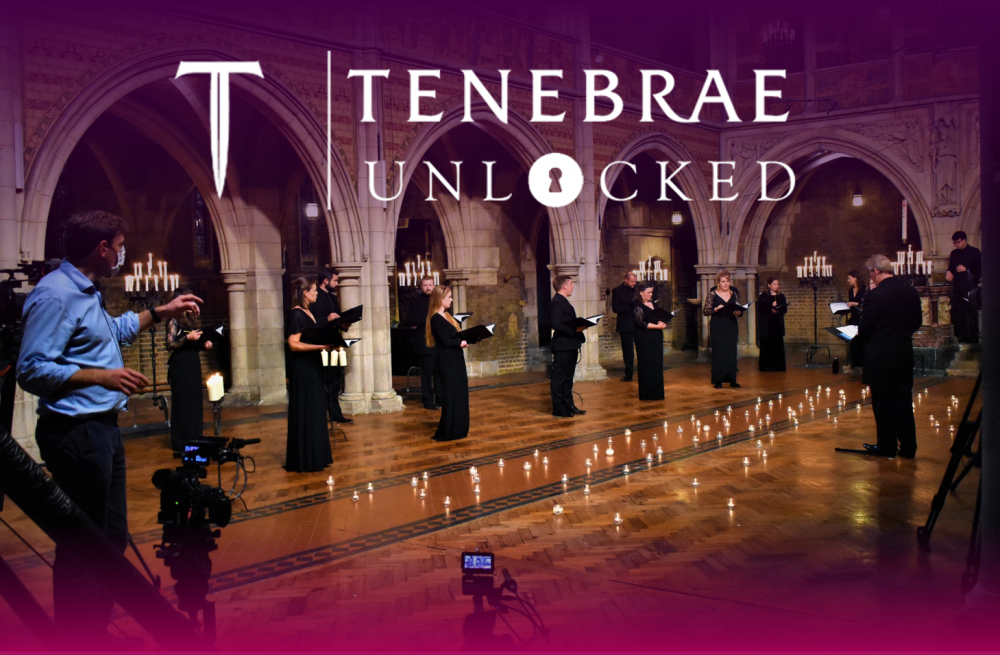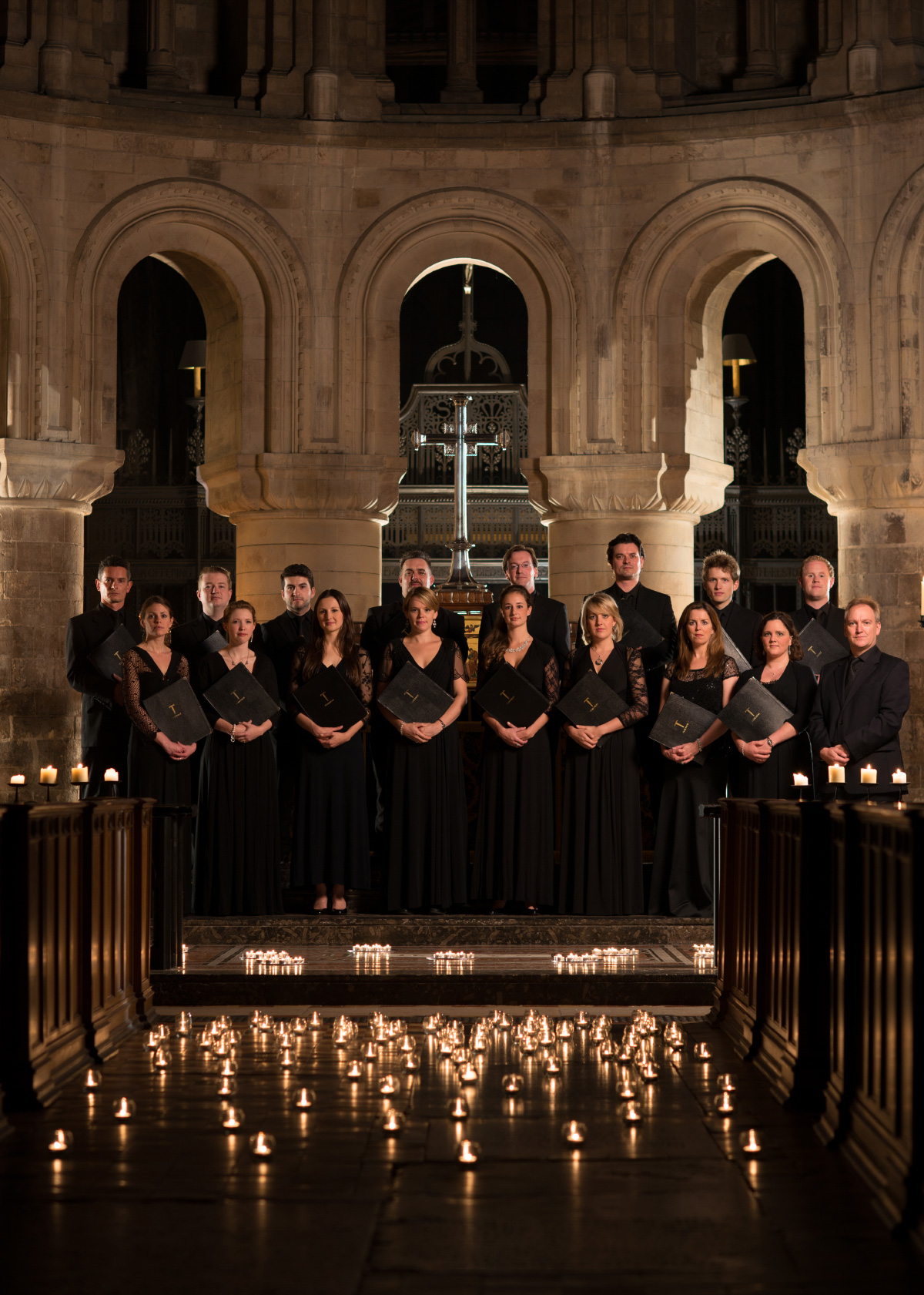Tenebrae: Exploring The Depths Of Darkness And Its Mystical Significance
You’ve probably come across the term “tenebrae” before, maybe in a church service, a history book, or even in some mystical novel. But what exactly is tenebrae? Is it just a fancy word for darkness, or does it hold deeper meaning? Well, buckle up because we’re about to dive into the fascinating world of tenebrae and uncover its historical, spiritual, and cultural significance. This isn’t just about shadows—it’s about the profound ways darkness shapes our lives and faith.
Tenebrae isn’t just some obscure Latin term reserved for scholars or theologians. It’s a practice that’s been around for centuries, and it carries with it layers of meaning that touch on everything from human emotion to divine connection. If you’ve ever felt the weight of darkness in your own life, or if you’re simply curious about how ancient traditions continue to influence modern spirituality, then this article is for you. We’re going to explore tenebrae from every angle, and by the end, you’ll have a whole new appreciation for the power of shadows.
Now, before we get too deep into the mystical side of things, let’s start with the basics. Tenebrae is a Latin word that translates to “shadows” or “darkness.” But don’t let that simplicity fool you. This term is steeped in history and tradition, and it’s been used to describe everything from religious ceremonies to literary works. So, whether you’re a history buff, a spiritual seeker, or just someone who loves a good story, there’s something here for everyone. Let’s go!
Read also:Why Filmyfly Hindi Movie Is The Ultimate Destination For Bollywood Enthusiasts
What Exactly Is Tenebrae?
At its core, tenebrae refers to an ancient Christian service traditionally held during Holy Week, specifically on Maundy Thursday or Good Friday. But it’s not your typical church service. Think of it as a ritualistic journey through darkness, where the lights are gradually extinguished, symbolizing the descent into despair before the resurrection of Christ. It’s intense, emotional, and deeply symbolic.
This service often includes readings from the Bible, particularly passages that highlight betrayal, suffering, and redemption. As the candles are slowly snuffed out, the congregation is left in near-total darkness, creating an atmosphere of reflection and introspection. It’s a powerful reminder of the darkness that precedes the light, both in religious terms and in our personal lives.
The Historical Roots of Tenebrae
If we rewind the clock a few thousand years, we’ll find that tenebrae has its origins in early Christian practices. Back in the day, Christians would gather in caves or underground catacombs to worship in secret, away from persecution. These gatherings often took place in dimly lit environments, which naturally lent themselves to the theme of darkness. Over time, this practice evolved into the formalized service we know today.
But here’s the kicker—tenebrae isn’t just a Christian tradition. Similar rituals of light and darkness can be found in many cultures and religions around the world. From the Diwali festival of lights in Hinduism to the winter solstice celebrations of ancient civilizations, the interplay between darkness and light is a universal theme that transcends borders and beliefs.
The Symbolism Behind Tenebrae
So, why all the fuss about darkness? What makes tenebrae so significant in the grand scheme of things? Well, the symbolism behind tenebrae runs deep. Darkness, in many spiritual traditions, represents not just the absence of light but also the presence of mystery, uncertainty, and transformation. It’s a time when we confront our fears, wrestle with our doubts, and search for meaning in the chaos.
In the context of tenebrae, the gradual extinguishing of candles serves as a metaphor for the journey of faith. It’s a reminder that even in the darkest moments, there’s always a glimmer of hope. And when the final candle is snuffed out, leaving the room in complete darkness, it’s a powerful moment of stillness and surrender. It’s in these quiet, shadowy spaces that we often find the most profound insights.
Read also:Streaming Wars Why Vegamovies Netflix You Should Be Your Goto Entertainment
The Psychological Impact of Darkness
But let’s not forget the psychological side of things. Darkness has a way of amplifying our emotions, whether it’s fear, sadness, or even joy. In a tenebrae service, the deliberate use of darkness creates an environment where participants are more likely to engage with their inner thoughts and feelings. It’s like a reset button for the soul, allowing us to process our experiences and emerge stronger on the other side.
Studies have shown that exposure to darkness can have a calming effect on the mind, reducing stress and promoting introspection. So, while tenebrae may seem like a purely religious practice, it also taps into some very real psychological benefits. Who knew that sitting in the dark could be so therapeutic?
Tenebrae in Modern Times
Fast forward to the 21st century, and you might be surprised to learn that tenebrae is still very much alive and well. Churches around the world continue to hold tenebrae services, adapting the tradition to fit modern sensibilities. Some incorporate multimedia elements, like video projections or live music, while others stick to the traditional candlelit format. Regardless of the approach, the essence of tenebrae remains the same—a journey through darkness toward light.
But it’s not just limited to religious settings. Tenebrae has also found its way into popular culture, inspiring everything from novels to movies to art installations. Think about it—how many times have you seen a story that revolves around a character navigating the shadows of their own life? That’s tenebrae in action, even if it’s not explicitly labeled as such.
How Tenebrae Can Help You
So, how can tenebrae benefit you, the average person just trying to make it through the day? Well, for starters, it offers a space for reflection and renewal. In our fast-paced, always-on world, taking time to sit in the darkness can be a much-needed break from the noise. It’s a chance to slow down, listen to your inner voice, and connect with something greater than yourself.
Whether you’re dealing with personal challenges, seeking spiritual growth, or just looking for a moment of peace, tenebrae provides a framework for exploring those deeper questions. And who knows? You might just discover that the darkness isn’t as scary as it seems.
Practicing Tenebrae in Your Own Life
Now, you don’t have to be part of a formal religious service to experience the benefits of tenebrae. You can practice it in your own home, on your own terms. All you need is a quiet space, a few candles, and an open mind. Start by lighting the candles and setting aside any distractions. Then, as you read through a passage or simply sit in silence, gradually extinguish each candle, allowing yourself to sink deeper into the darkness.
This practice can be especially helpful during times of transition or uncertainty. It’s a way to honor the unknown and trust that, even in the darkest moments, there’s always a path forward. And who knows? You might just find that the answers you’re seeking are waiting for you in the shadows.
Tips for Creating Your Own Tenebrae Experience
- Choose a space that feels safe and comfortable for you.
- Use natural light sources, like candles, to create an authentic atmosphere.
- Select a passage or meditation that resonates with your current situation.
- Allow yourself to fully embrace the darkness without judgment.
- End the practice by lighting a single candle as a symbol of hope and renewal.
The Science of Darkness
While tenebrae is steeped in spiritual tradition, there’s also a scientific basis for why darkness can be so impactful. Research has shown that exposure to darkness can regulate our circadian rhythms, improve sleep quality, and even boost creativity. When we allow ourselves to fully experience the dark, we give our bodies and minds the opportunity to rest and recharge.
But it’s not just about physical health. Darkness can also enhance our emotional well-being by providing a space for introspection and self-discovery. It’s like giving your brain permission to daydream, explore new ideas, and process complex emotions. And in today’s fast-paced world, that kind of mental downtime is more important than ever.
Darkness as a Source of Inspiration
Throughout history, some of the greatest artists, writers, and thinkers have drawn inspiration from the darkness. Think of Van Gogh painting his starry nights, or Shakespeare crafting his haunting soliloquies. Darkness provides a canvas for creativity, a place where the impossible becomes possible. And who knows? Maybe your next great idea is waiting for you in the shadows.
Embracing the Shadows
At the end of the day, tenebrae isn’t just about sitting in the dark—it’s about embracing the shadows that exist within all of us. It’s about acknowledging that life isn’t always bright and shiny, and that’s okay. In fact, it’s those moments of darkness that often lead to the greatest growth and transformation.
So, whether you’re exploring tenebrae as part of a religious tradition, a personal practice, or just out of curiosity, remember this: the darkness is not something to fear. It’s a teacher, a guide, and a source of infinite possibility. And sometimes, the only way to truly appreciate the light is to first walk through the shadows.
A Call to Action
Now it’s your turn. Are you ready to dive into the world of tenebrae and discover what it has to offer? Whether you attend a service, create your own practice, or simply take a few moments to sit in the dark, I encourage you to give it a try. You might just find that the shadows hold more wisdom than you ever imagined.
And don’t forget to share your experiences in the comments below. What did you learn? How did it make you feel? The more we talk about these things, the more we can all grow together. So, go ahead and embrace the darkness—your soul will thank you for it.
Conclusion
We’ve covered a lot of ground in this article, from the historical roots of tenebrae to its modern-day applications. We’ve explored its symbolic significance, its psychological benefits, and even its scientific underpinnings. And through it all, one thing has become clear—tenebrae is more than just a word or a practice. It’s a powerful reminder of the beauty and complexity of life itself.
As we’ve seen, darkness isn’t something to be feared but rather something to be embraced. It’s a place of growth, transformation, and infinite possibility. And whether you’re exploring tenebrae as part of a religious tradition or simply as a personal practice, the lessons it offers are universal.
So, take what you’ve learned here and apply it to your own life. Create your own tenebrae experience, share your insights with others, and continue to explore the depths of darkness. Because sometimes, it’s in the shadows that we find the light.
References
- “The Practice of Tenebrae in Modern Christianity,” Religious Studies Journal.
- “The Psychological Benefits of Darkness,” Psychology Today.
- “The Science of Darkness and Its Impact on Human Health,” Harvard Health Publishing.
Table of Contents
Article Recommendations


